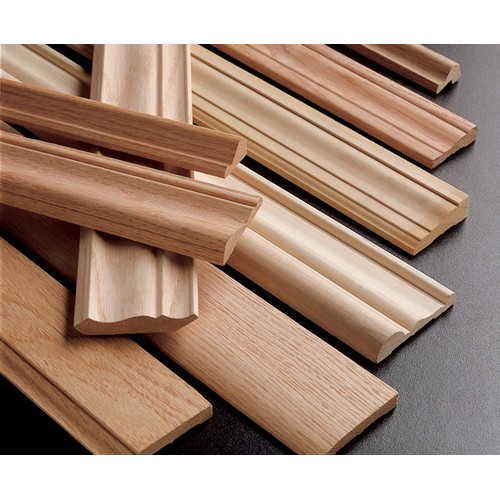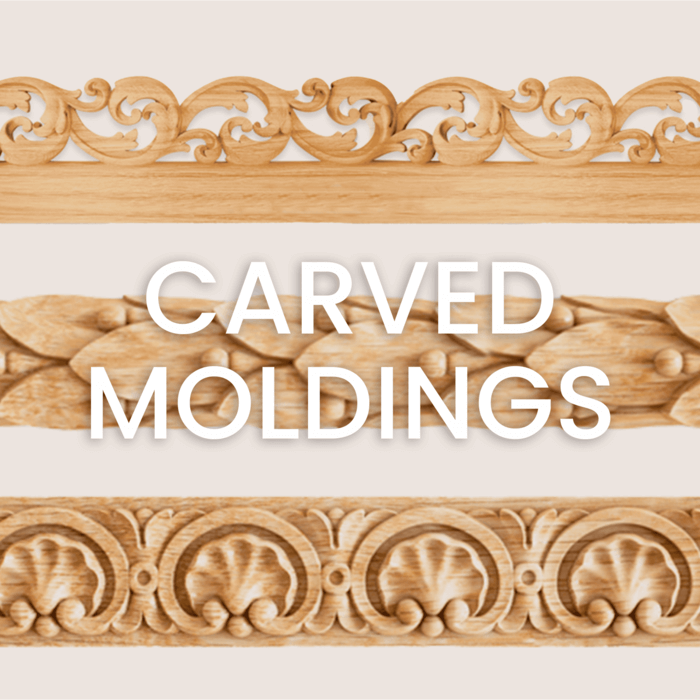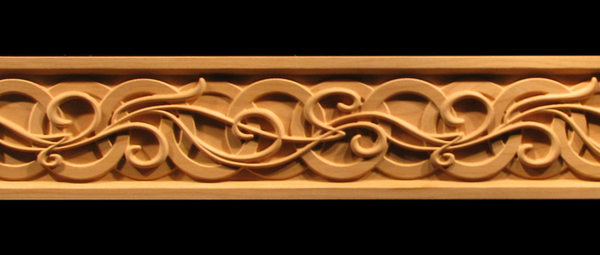Decorative wood moldings have long been a favorite among homeowners and interior designers alike. They add character and charm to any room, enhancing the overall aesthetic without requiring a complete overhaul. Whether you are renovating, building a new home, or simply updating your existing decor, understanding how to use decorative wood moldings effectively can elevate your space to new heights. In this comprehensive guide, we will explore various types of wood moldings, their benefits, installation techniques, and much more!
What Are Decorative Wood Moldings?
Decorative wood moldings are architectural elements crafted from wood, designed to enhance the structure and appearance of a room. They come in various styles, sizes, and profiles, allowing homeowners to express their unique taste and style. From crown moldings that grace the tops of walls to baseboards that anchor the bottom, these moldings serve both functional and aesthetic purposes.
History of Wood Moldings
The use of moldings dates back to ancient civilizations, where intricate designs symbolized wealth and stature. In modern times, wood moldings have become accessible to everyone, allowing a wider range of people to create beautiful interiors.
Types of Decorative Wood Moldings
Depending on their placement and purpose, wood moldings can be classified into several categories:
Crown Molding
The crown molding sits where the wall meets the ceiling, creating a seamless transition. It adds elegance and height to a room while drawing the eye upward.
Baseboard Molding
Baseboards are installed at the bottom of walls, protecting them from scuffs and damage while providing a finished look to the room.

Chair Rail Molding
Chair rails are used to protect walls from damage caused by furniture. They can also serve as a decorative element, creating visual interest, often painted in contrasting colors.
Casings
Window and door casings frame the openings, providing a polished look and enhancing the architectural details of a room.

Picture Rail Molding
Picture rails are installed high on the wall, allowing for the hanging of artwork without damaging the walls. This historical feature is regaining popularity in modern design.
Choosing the Right Decorative Wood Moldings
When selecting wood moldings, consider the following factors:

Style
Your choice of molding should complement the overall architectural style of your home. Traditional styles may benefit from elaborate designs, while contemporary homes may lean towards simpler, cleaner lines.
Material
Wood moldings are typically made from a variety of materials including solid wood, engineered wood, or medium-density fiberboard (MDF). Each material has its benefits and applications.

Comparison Table: Wood Molding Materials
| Material | Pros | Cons |
|---|---|---|
| Solid Wood | Durable, aesthetic appeal, can be stained/painted | More expensive, susceptible to warping |
| Engineered Wood | More affordable, resistant to warping | Less durable than solid wood |
| MDF | Cost-effective, smooth finish | Not as strong, can swell with moisture |
Dimensions
Consider the scale of your room when deciding on molding dimensions. Larger rooms can handle more substantial moldings, while small spaces may benefit from narrower profiles.

The Benefits of Decorative Wood Moldings
Installing decorative wood moldings has several advantages:
Aesthetic Enhancement
Moldings add elegance and sophistication to your interiors, making a room feel more complete.
Increased Home Value
Well-installed moldings can increase the value of your home, making it more attractive to potential buyers.

Concealing Imperfections
They can effectively hide imperfections in wall surfaces and transitions, providing a clean and polished look.
Installation Techniques for Decorative Wood Moldings
Installing wood moldings can be a DIY project or a job for professionals. Here are some essential tips for achieving beautiful results:
Tools and Materials Needed
- Miter saw
- Nail gun or hammer and finishing nails
- Wood glue
- Caulk
- Paint or stain
- Measuring tape
- Level
Step-by-Step Installation Process
Here’s how to install decorative wood moldings:
1. Measurement
Measure the length of the walls where you’ll install the moldings to ensure you purchase the correct amount of material.
2. Cutting
Using a miter saw, cut the moldings to the required lengths at a 45-degree angle for corners.
3. Positioning
Hold the molding in place and ensure it fits snugly against the wall and ceiling. Use a level to check accuracy.
4. Attaching
Secure the molding to the wall using a nail gun or finishing nails. Be cautious not to damage the wood.
5. Finishing Touches
Fill any gaps with caulk for a seamless finish and paint or stain as desired.
Personal Experience: My Journey with Decorative Wood Moldings
As someone who has dabbled in home improvement projects, my first experience with wood moldings was both thrilling and daunting. I wanted to breathe new life into my living room, and after much consideration, I decided on crown molding. The transformation was remarkable! The room felt taller, and the elegance was undeniable. I learned valuable lessons during the installation, particularly the importance of measuring twice and cutting once. This experience motivated me to explore further and incorporate various types of moldings in other areas of my home.
Common Mistakes to Avoid
While installing wood moldings can be straightforward, there are several common pitfalls to watch out for:
Ignoring the Scale
Using moldings that are too large or too small for your space can detract from the room’s overall feel.
Skipping Preparation
Not prepping the walls (filling holes and sanding) can lead to unsatisfactory results.
Overlooking Moisture Levels
Installing moldings in humid areas without proper sealing can lead to warping and damage over time.
Maintenance and Care for Wood Moldings
To keep your decorative wood moldings looking their best, consider the following maintenance tips:
Regular Cleaning
Dust your moldings regularly with a soft cloth or microfiber duster to prevent buildup.
Repainting or Staining
Consider repainting or re-staining your moldings every few years to maintain their appearance and protect the wood.
FAQs About Decorative Wood Moldings
1. What is the average cost of decorative wood moldings?
Costs can vary widely depending on the material and style, but homeowners can expect anywhere from $1 to $15 per linear foot.
2. Can I install wood moldings myself?
Yes, with the right tools and techniques, homeowners can successfully install moldings themselves. It’s essential to follow best practices and take your time.
3. How do I choose the right style of molding for my home?
Consider the architectural style of your home. Traditional styles typically pair well with ornate moldings, while modern spaces benefit from sleek designs.
4. What are the best materials for moldings?
Solid wood is often preferred for its durability and aesthetic appeal, but engineered wood and MDF are also popular for their affordability and ease of installation.
5. How do I maintain my wood moldings?
Regular dusting and occasional repainting or staining will keep your moldings looking beautiful and extending their lifespan.
Final Thoughts
Decorative wood moldings are a fantastic way to enhance your home’s interior, providing both beauty and functionality. With careful selection, proper installation, and regular maintenance, you can enjoy the charm and elegance that these moldings bring to your space. Whether you choose to tackle the project yourself or enlist the help of a professional, the results are sure to impress!